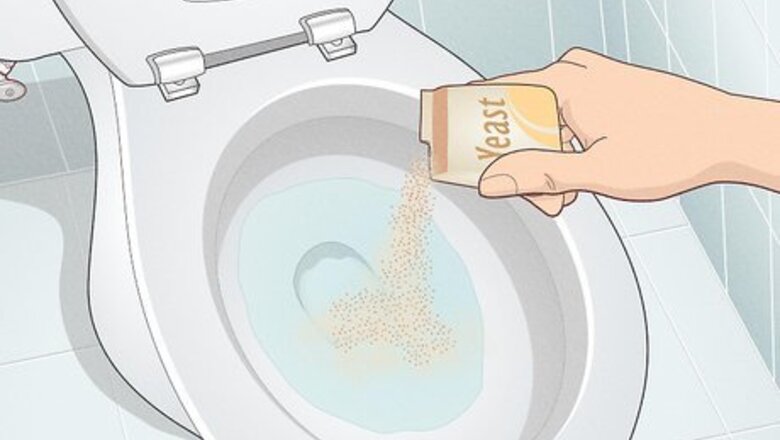
views
- Flush 1/4 oz of yeast down the toilet every month to naturally boost bacteria.
- Or, push 3 to 4 rotten tomatoes down the garbage disposal every 4 months.
- Use natural cleaning products and natural soap to avoid killing the good bacteria in your septic tank.
- Don’t flush non-flushable items down the toilet, like medication, menstrual products, or wipes.
Natural Methods
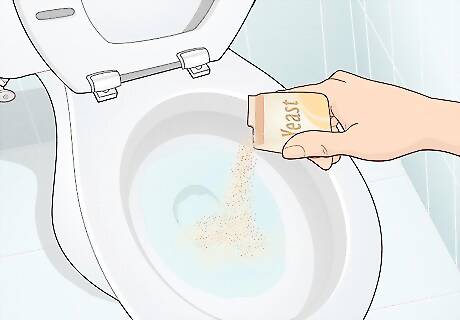
Yeast Yeast promotes bacteria and can help bring healthy enzymes to your septic tank. Once a month, flush a 1/4 oz. packet of yeast down the toilet to boost your bacterial activity. Yeast is an awesome natural solution, but don’t use it more than once a month. Yeast can make your septic tank frothy if you use too much, which could cause it to back up.

Rotten tomatoes Going to toss those old, rotten tomatoes from the back of your pantry? Hold on a minute! Every 4 months, grab those old tomatoes and push them down the garbage disposal. The decaying tomatoes will bring healthy bacteria into the septic tank super fast. Use 3 to 4 rotten tomatoes at a time.
Why is bacteria important?
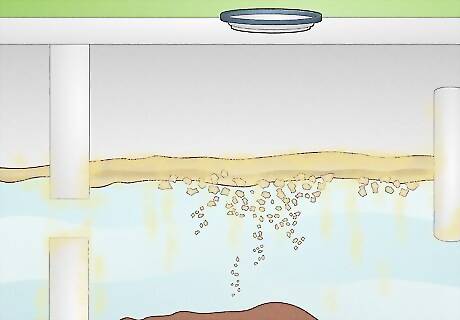
Bacteria helps break down solid waste inside of the septic tank. Without any bacteria in your septic tank, all your solid waste would remain, well… solid. Since solids take up more room than liquid waste, too many solids in your septic tank can cause it to fill up faster. Healthy bacteria breaks down those solids to keep your septic tank functioning at an optimal level for longer.
Septic Tank Additives
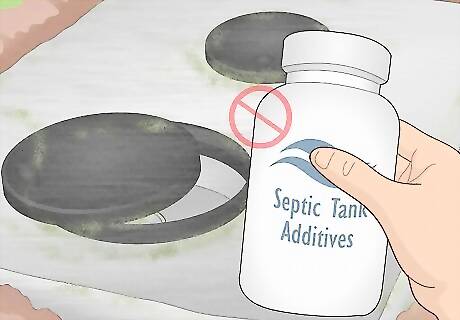
Septic tank additives are not necessary for a septic tank system. Currently, the Environmental Protection Agency (EPA) does not recommend using any chemical additives in your septic tank. While they are often promoted for domestic septic tank systems, most systems do not need any additives to function properly. Using septic tank additives can decrease the performance of septic drainfields, and the strong chemicals in them pose a threat to the groundwater and soil structure around your home.
Household Habits
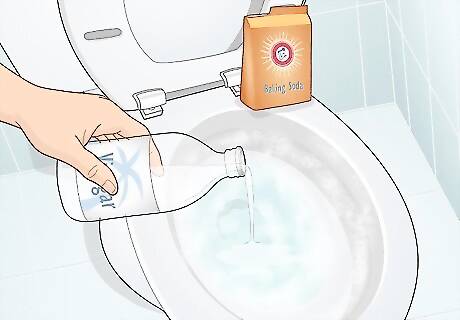
Use natural cleaning products. Cleaning products that contain bleach are designed to kill bacteria, and that includes the bacteria in your septic tank. Whenever you’re cleaning your toilets or sinks, try using white vinegar and baking soda as a natural alternative to preserve the bacteria in your tank. You can also use salt, lemons, and olive oil to naturally clean your home.
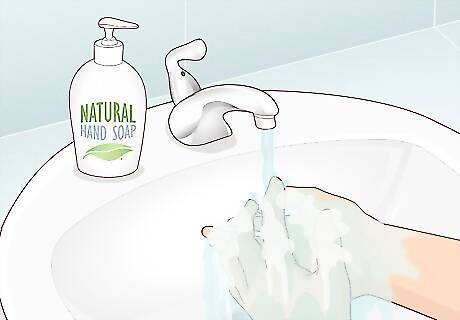
Switch to natural soap. Using antibacterial soap may sound like a good way to keep your hands clean, but it’s in the name: antibacterial soap kills bacteria. Try using natural soap to preserve the good bacteria in your septic tank.

Use toilet-friendly toilet paper. Some dyes in toilet paper are tough for bacteria to break down. Make sure you’re buying white toilet paper that breaks down easily so your septic tank doesn’t have to work harder than it needs to. Not sure if your toilet paper is toilet-friendly? Place a square of toilet paper in a jar full of water, then shake the jar up. If the toilet paper breaks down into small bits, then it’s good for your system. If not, it’s time to find a new brand.
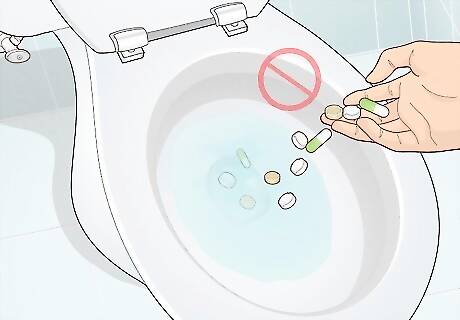
Dispose of medicine properly. Flushing prescription medication down the toilet can kill the bacteria in your septic tank (especially if you flush antibiotics). If you have old medication that’s expired or you don’t use anymore, dispose of it the right way by taking it to a hazardous waste facility.
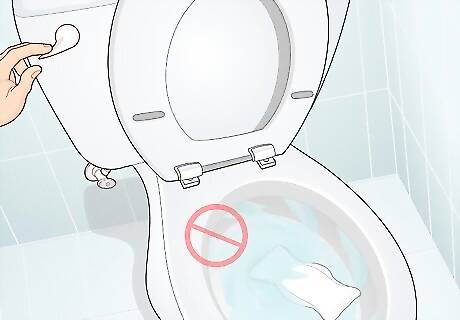
Don’t flush non-flushable items down the toilet. Non-compostable materials are very hard for the bacteria in your tank to break down. Don’t flush things like wipes, menstrual products, or diapers down the toilet; not only will they probably clog your pipes, but they’ll wreck the bacteria in your septic tank, too. Even most “flushable” wipes aren’t made to go into a septic tank system. When in doubt, throw it out.
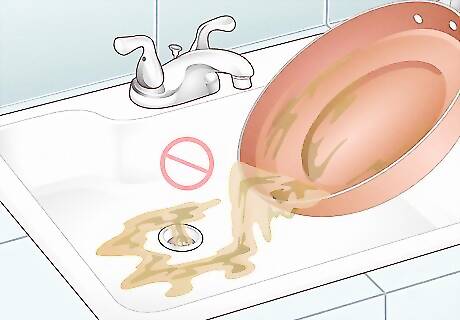
Avoid pouring grease or fat down the drain. Not only will grease and fat likely clog your pipes, but they also add an unnecessary amount of solid waste to your septic tank. Always dispose of grease by pouring it into an airtight container and then throwing it in the trash.
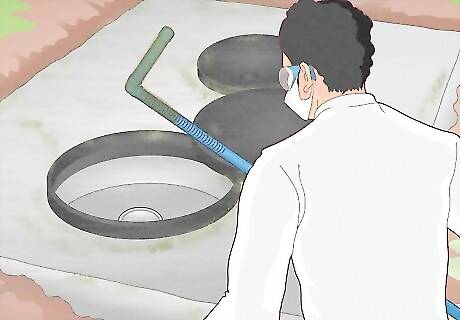
Get routine inspections. Septic tank systems generally need to be inspected once every 1 to 3 years. Call your septic service provider and have them come out and take a look at your system every few years to make sure it’s all in working order. Most septic tank systems need to be emptied every 3 to 5 years.


















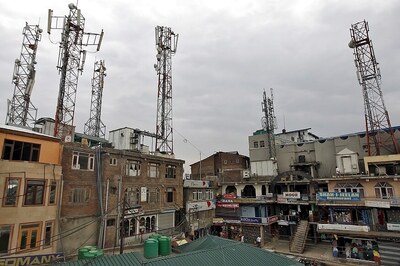
Comments
0 comment